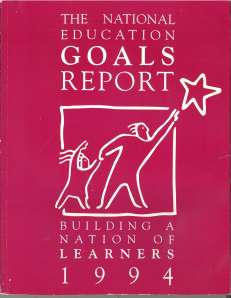This publication begins with a stunning declaration: “The people are no longer content to have our federal Government confine its activities within the bounds of what are generally understood to be purely national affairs.”
Edward N. Clopper, who made that declaration, was the assistant secretary of the National Child Labor Committee of New York (NCLC), an activist group. Thus, Clopper’s statement is a classical rhetorical switcheroo: an elite attributes his preferred position to the multitude, then assserts that he is simply giving voice to them.
There is no evidence that Americans in 1918 craved federal intervention in schooling, despite the enactment of the Smith-Hughes Act (high school vocational education act) the previous year. Federal policymaking was mostly confined to federal objectives se out in the U.S. Constitution, such as defense, trade, and mail delivery.
What is undeniable is that Clopper and the NCLC were in the progressive vanguard. They, along with groups such as the Committee on National Aid to Education (which John Dewey led), were pushing for Congress to fund aid to elementary education. And in this bulletin, the NCLC includeddraft legislation to cretae a U.S. Department of Education.
That effort for K-12 federal aid made little progress until the 1930s, albeit the measures were temporary and expired before the conclusion of the presidency of Franklin D. Roosevelt. Congress did not enact lasting elementary school aid until the 1965 Elementary and Secondary Education Act. And the effort to create a cabinet-level education agency would not bear fruit until 1979.
The University of Pennsylvania’s library’s website has links to online copies of The Child Labor Bulletin, and its successor publication, The American Child.

